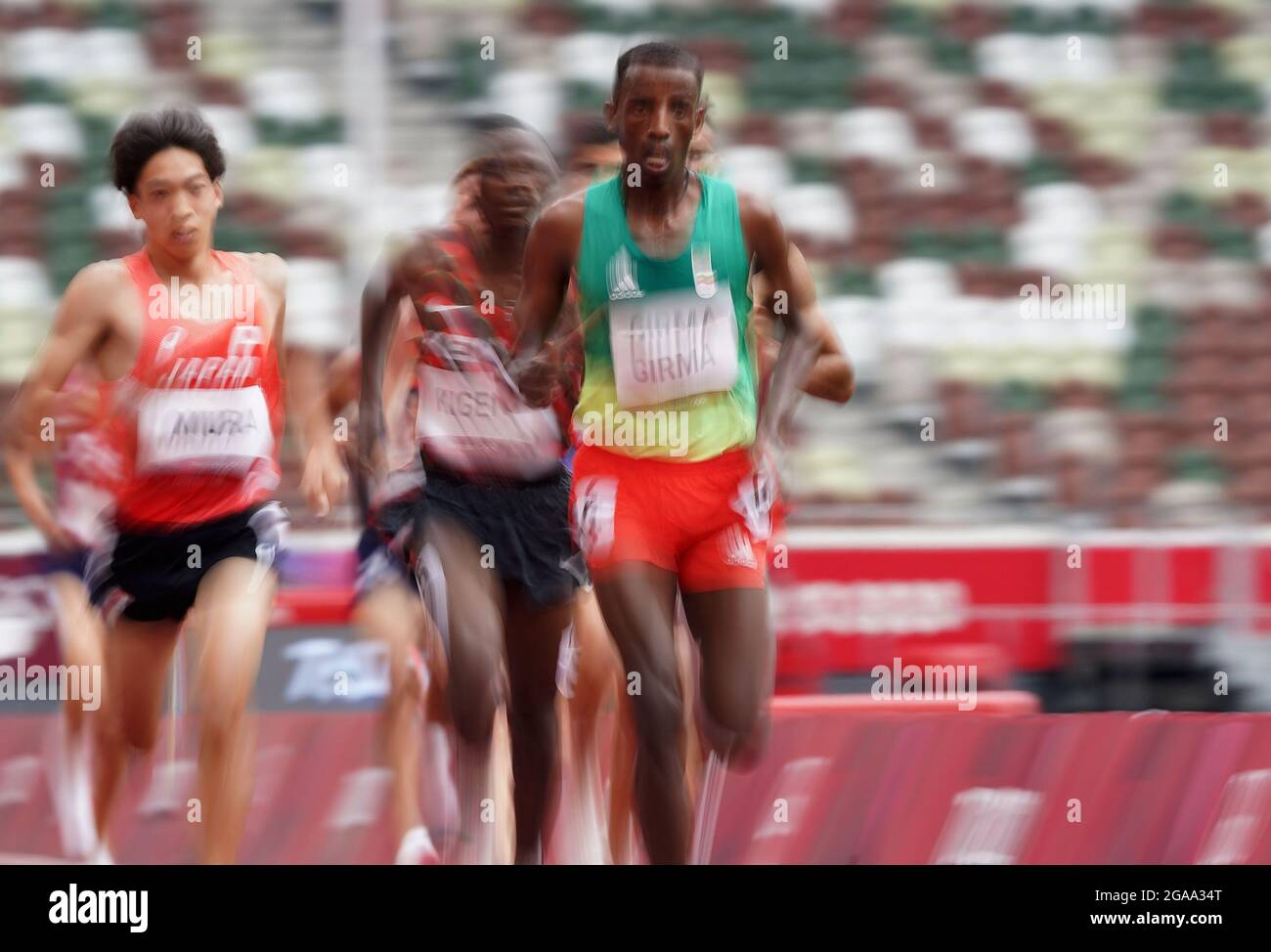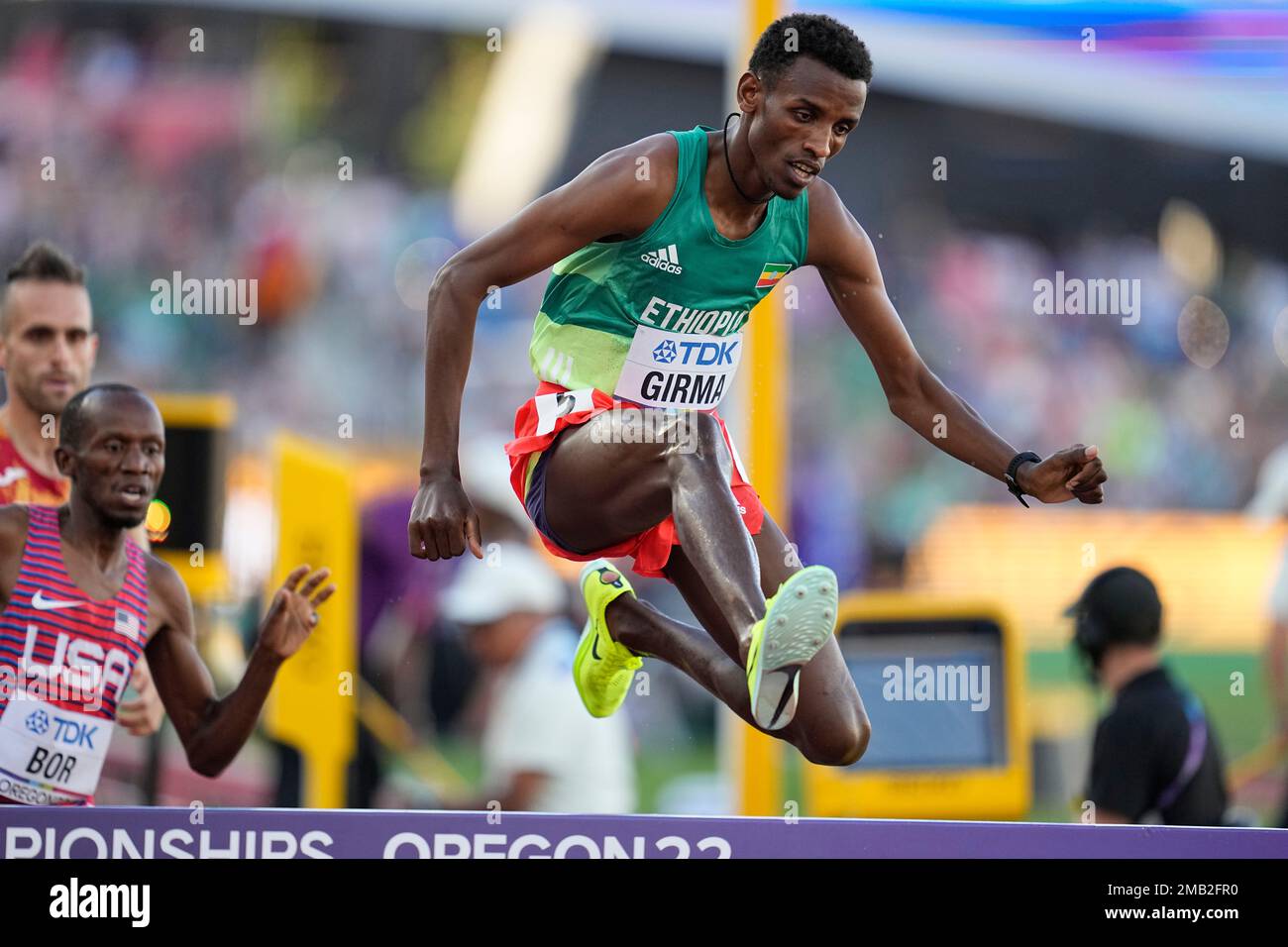The Fall: Girma Steeplechase Fall

The Girma Steeplechase, known for its demanding course and thrilling competition, witnessed a dramatic incident during the 2023 race when a leading rider and his horse fell, sending shockwaves through the crowd and altering the course of the event. This analysis delves into the circumstances surrounding the fall, exploring potential causes and examining its impact on the race, riders, and spectators.
Factors Contributing to the Fall
The fall during the Girma Steeplechase can be attributed to a complex interplay of factors, including rider error, horse injury, and environmental conditions.
- Rider Error: Experienced steeplechase riders possess exceptional skills in navigating challenging courses. However, even seasoned professionals can make mistakes, particularly under pressure. In this case, the rider may have misjudged a jump, leading to a loss of balance and a subsequent fall.
- Horse Injury: Horses, like athletes, are susceptible to injuries, especially during strenuous activities. The horse may have experienced a sudden lameness or a pre-existing injury that exacerbated during the race, causing it to stumble and fall.
- Course Conditions: Steeplechase courses are designed with challenging obstacles, including fences, ditches, and water jumps. The condition of the course, such as wet or uneven terrain, could have contributed to the fall. For example, a wet jump could have caused the horse to lose its footing, resulting in a stumble and fall.
Impact of the Fall, Girma steeplechase fall
The fall had a significant impact on the race, riders, and spectators.
- Race Impact: The fall disrupted the race’s flow, causing a temporary halt as medical personnel attended to the injured rider and horse. The incident also altered the race’s dynamics, as other riders had to navigate the course with caution, potentially affecting the outcome of the race.
- Rider Impact: The rider sustained injuries that required immediate medical attention, potentially impacting their future participation in the sport. The fall also serves as a reminder of the inherent risks associated with steeplechase racing.
- Spectator Impact: The fall caused a surge of concern and anxiety among spectators. Witnessing such an incident can be distressing, highlighting the emotional toll that falls can have on those observing the race.
Safety and Precautions in Steeplechase Racing

Steeplechase racing, with its combination of speed, agility, and challenging obstacles, is inherently a high-risk sport. The Girma Steeplechase, with its demanding course and competitive nature, necessitates stringent safety protocols to minimize the potential for rider and horse injuries. This section delves into the inherent risks of steeplechase racing, explores the safety measures implemented at the Girma Steeplechase, and proposes recommendations for further enhancing safety in the sport.
Inherent Risks of Steeplechase Racing
Steeplechase racing presents a unique set of risks compared to other equestrian disciplines. The inherent risks stem from the combination of high speeds, challenging obstacles, and the potential for horse-to-horse collisions.
- High Speeds: Steeplechase horses often race at speeds exceeding 30 miles per hour, increasing the severity of falls and the potential for rider injuries.
- Obstacles: The course features fences, water jumps, and other obstacles that can cause falls and injuries if not negotiated properly.
- Horse-to-Horse Collisions: The close proximity of horses during the race increases the risk of collisions, potentially leading to falls and injuries.
Safety Measures at the Girma Steeplechase
The Girma Steeplechase organizers prioritize safety by implementing comprehensive measures throughout the event, from course design to rider training and equipment regulations.
Course Design
The course design at the Girma Steeplechase is meticulously planned to minimize risks and ensure the safety of both horses and riders.
- Obstacle Placement: Obstacles are strategically placed to avoid tight corners and areas where collisions are more likely.
- Obstacle Design: Obstacles are designed to be safe for horses to jump over, with features like rounded edges and sufficient landing areas.
- Course Maintenance: The course is regularly inspected and maintained to ensure the safety of horses and riders.
Rider Training
Rider training is crucial for ensuring safety in steeplechase racing.
- Experience and Skill: Riders must have extensive experience and demonstrate proficiency in handling horses over challenging obstacles.
- Safety Equipment: Riders are required to wear helmets, protective vests, and other safety gear to minimize the severity of injuries in case of falls.
- Pre-Race Inspections: Riders undergo pre-race inspections to ensure they are physically and mentally fit to compete.
Equipment Regulations
Equipment regulations play a vital role in ensuring the safety of both horses and riders.
- Horse Equipment: Horses are required to wear safety equipment, such as stirrup leathers, bridles, and saddles, that meet specific standards.
- Rider Equipment: Riders must wear helmets, protective vests, and other safety gear that meet specific standards.
- Equipment Inspections: All equipment undergoes pre-race inspections to ensure it is in good condition and meets safety standards.
Recommendations for Enhancing Safety
The Girma Steeplechase, like other steeplechase events, can continue to improve safety by considering lessons learned from incidents and implementing further measures.
- Advanced Safety Technology: Exploring the use of advanced safety technology, such as GPS tracking and wearable sensors, can provide real-time monitoring of riders and horses, enabling faster response times in case of emergencies.
- Increased Medical Support: Expanding the availability of medical personnel and equipment at the event can ensure swift and effective treatment in case of injuries.
- Continuous Course Evaluation: Regularly evaluating the course design and obstacle placement can identify potential safety hazards and implement necessary adjustments.
- Enhanced Rider Training: Developing and implementing comprehensive rider training programs can equip riders with the skills and knowledge to navigate the course safely and minimize the risk of falls.
The Girma Steeplechase Fall is a thrilling event, testing the limits of both horse and rider. After a grueling race, the competitors often seek respite in a leather chair with wheels , allowing them to relax and recover while still enjoying the lively atmosphere of the event.
The Girma Steeplechase Fall is a true testament to the spirit of competition and the beauty of equestrian sport.
The sight of a runner stumbling during a steeplechase, particularly one as renowned as Girma, is always a heart-stopping moment. The fall can be attributed to various factors, such as fatigue, a misstep over the barrier, or even a sudden shift in the ground.
While the focus might be on the immediate aftermath, it’s important to remember that these athletes are more than just their falls; they are skilled individuals who dedicate themselves to the sport. To understand the complexity of Girma’s athleticism, it’s helpful to delve into the history and evolution of the girma runner itself, a unique type of runner known for their speed and agility.
Despite the fall, Girma’s determination and perseverance are a testament to the resilience of the human spirit, and his dedication to the sport is a source of inspiration for athletes and fans alike.